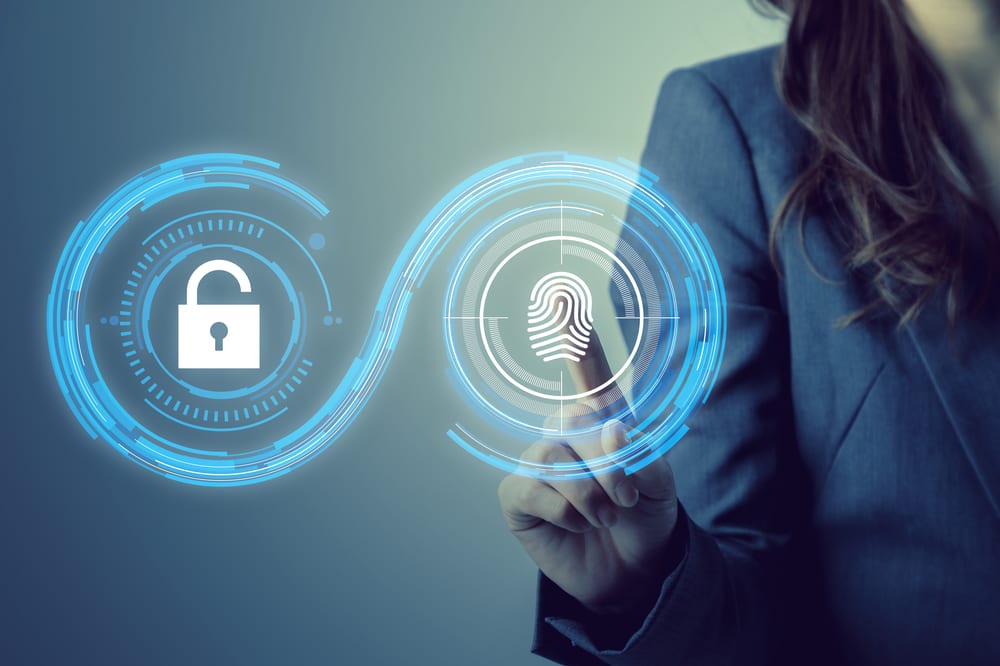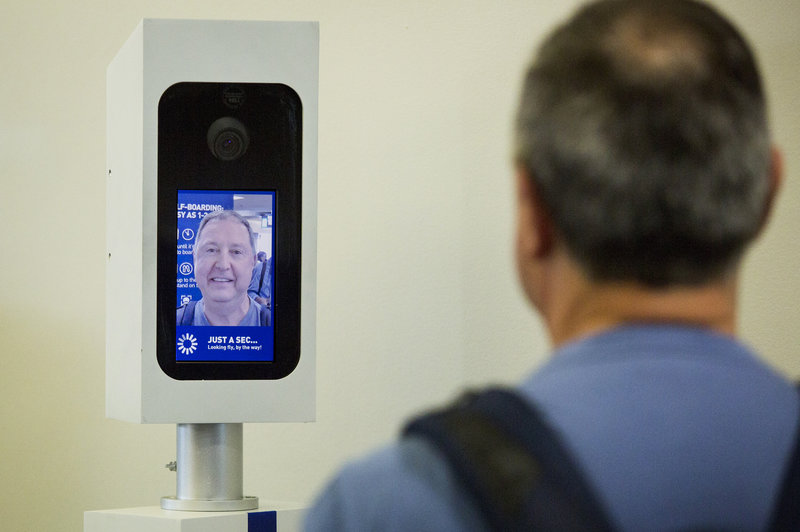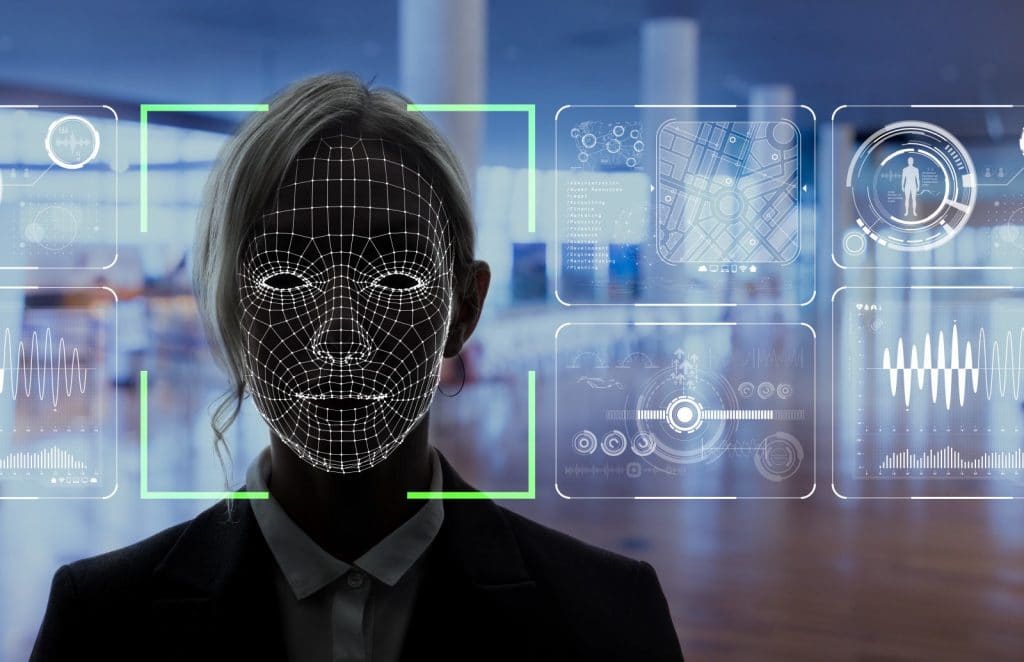
As citizens of the modern world, we are aware of how the rapid technological advancements occurring in various fields are affecting the way we transact and do business across the board. Simultaneous technological developments taking place are increasing accuracy and efficiency in many areas, including the events industry.

To date, biometric authentication is one of the biggest digital solutions taking the events industry by storm. The various authentication methods within the realm of biometrics have been showing a lot of promise in reshaping the way professionals from different sectors plan, promote, and execute numerous events on a massive scale.
The Biometrics Institute defines biometric authentication as an innovation that covers various technologies where people’s unique, identifiable attributes are used for the purpose of identification and authentication. Some of the attributes specified in their definition include human fingerprints, face, hand, gait or voice signatures, iris prints, and others, which are used to verify the identities of persons who seek access to a variety of things like databases, travel services, “and other areas which may need to be restricted.”
When executed properly, biometrics applied in the events industry for identification and validation not only enhances attendee experience, it also reinforces the value organizations place in maintaining a high level of privacy and security for everyone gathered in the event venues.

The value of privacy and security in event participation
Information is power, especially in the digital space. Having privacy and security over your personal data protects you from cybercriminals who are constantly looking for ways to use your information for their own gain.
In this connected world, there is often an overlap when it comes to the terms “privacy” and “security.” However, there are key differences that must be identified to assert the equal value of both when it comes to cybersecurity and overall safety for event participation.
In the case of using biometric authentication for large scale events, attendees are essentially giving event organizers certain control over their data privacy, which refers to the way their personal information is controlled and used. Attendees’ distinct characteristics such as fingerprints, facial features, or any other identifiers specifically required by organizers are gathered to be used for identity validation and gaining access to the event.
On the other hand, the way by which the collected personal information is protected by event organizers refers to maintaining data security, done to ensure that it is used only for the purpose of keeping all guests and staff safe by controlling event access, as well as optimizing attendees’ engagement.

Innovative use of biometrics in the events space
Guaranteeing event security goes beyond hiring trained security personnel. It requires a high level of extensive organized coordination and communication across all concerned departments. Using innovative biometric authentication technologies ensures that the risks of harm and injury, as well as damage to property are decreased or even eliminated altogether—since you will be expected to have a better handle at crowd control, and have the opportunity of quickly identifying and removing any guests who might cause trouble or unexpected outcomes.
Using biometrics in events presents a world of opportunities for event organizers from private and public sectors. Two of the most efficient and reliable biometrics methods used in events today are finger print scanning, as well as facial recognition.
Registration with biometrics
Using biometrics for registration expedites the process for both organizers and event attendees. It can be automated and completed through self-service, where guests can give their information at kiosks set-up in the venue.
Biometric information like fingerprints can be supplied by guests through preregistration, or during the in-person registration process. Registrants will be assisted by registration clerks when being asked for biometric data, which will further be verified with valid identification documents like company ID’s, or government-issued licenses or passports.
Biometric Ticketing
Among its chief benefits include the transformation of the ticketing system, eliminating the need for physical or digital copies of tickets, which could easily be pilfered or lost. It also eliminates the risk of having fake event tickets in circulation, or having authentic physical tickets be sold on the black market.
Aside from added security, it is also important to note that biometric ticketing is good for the environment because no physical tickets will have to go to waste after being used for the event.
Biometrics for selling event merchandise
Guests who opt to provide credit card information at the preregistration stage may have the option to pay for event merchandise with their biometric data. Making it easier for attendees to pay for various foodstuff, beverages, merchandise or event fees at the venue makes for increased purchasing behaviour, which results in more profit for event organizers and promoters.
Restricted access and crowd control in event spaces
Biometric authentication might be necessary to gain access to specific areas in the venue. It could be for restricted access to staff areas, or even VIP sections in certain locations. With biometrics, you can have an audit trail of entry for all users who were able to enter restricted sections.
Tracking guest biometrics at the event proper
Wearable biometric tech just might play a big role in the future of the events industry. Knowing how their physical bodies react to various stimuli in real time may help companies understand guests’ emotional and physical profiles better, which could be beneficial for providing better and improved experiences for attendees of future events.

Using facial recognition for creating accurate heatmaps
Big events held in large stadiums, exhibit halls or festival venues with multiple booths or stations present a unique set of challenges when it comes to allocating resources like security, first aid respondents or additional staffing.
Tracking faces that are visible through cameras spread out across the venue can facilitate facial recognition, which can be an effective way to create accurate heatmaps. Knowing the foot traffic on specific sites within the event venue will provide you with great insights on your guests’ event journey, making you aware of modifications that must be undertaken to optimize their experience.
Event marketing through biometrics
The information gathered from smart devices, including biological and emotional data from its users allows companies to have better insight and understanding when developing new services, products, and ecosystems that are tailored to their customers.
When used intentionally, analyzing all information collected on human interaction through biometric technology from past events will help companies’ marketing teams, as well as business development teams align advertising campaigns with what specific users truly want and need.
Faster, better, stronger privacy and security with the right biometric technologies
Traditional registration, ticketing authentication and verification methods are slowly being transformed by advanced biometric authentication systems, which just goes to show that a great majority of organizers as well as participants continue to place a high premium on both security and privacy when it comes to event participation.
Conclusion
The growing demand for biometrics in events across various government and corporate sectors will surely continue to soar, thanks to the high-quality of security, increased level of efficiency and enhanced event experience it provides to both organizers and attendees. Great leaps in biometrics are also expected to improve the way organizations understand their participants, so that they can focus on providing meaningful events tailored to their target audience’s wants and needs in the future.
Author: Peter Porr
EventsAir has been at the forefront of Event Technology and Innovation for over 30 years, continually pushing the boundaries of what an event management platform can do. Built by event planners for event planners, EventsAir is a secure, scalable, cloud-based solution that can manage everything from in-person, virtual to hybrid conferences, meetings and events in a single online platform – anywhere, anytime and on any device. In use in over 50 countries by multi-national corporations, professional conference organizers, government departments and tertiary education institutions, EventsAir is also used in global congresses such as G20, APEC, CHOGM and ASEAN, as well as sporting events like The Olympic Games, World Rugby, Commonwealth Games and Pan Am Games. EventsAir is trusted by event professionals around the globe. For further information, visit www.eventsair.com
Event Data & Analytics | Event Data Security & Compliance
See EventsAir in action
Discover why 12,000+ event professionals trust EventsAir to deliver effortless events, every time.




